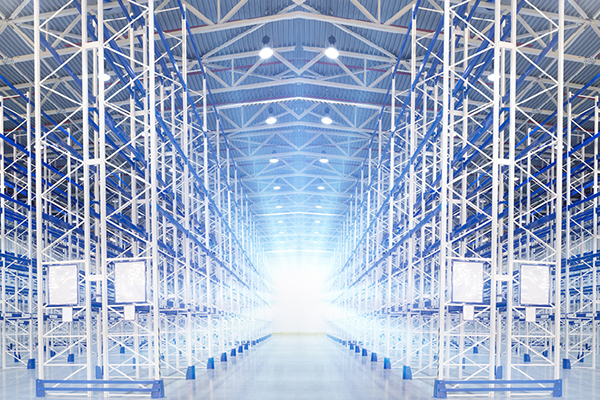Cold Storage Heats Up

Booming e-commerce and online grocery sales during the COVID-19 pandemic increased the demand for cold storage warehousing space in North America, but developers are not building fast enough to meet demand, says a new report from commercial real estate services firm Savills.
Keeping up with demand: Developers are not building fast enough to meet demand, due in part to varying specifications. Comprehensive planning is needed for facilities to be flexible enough for dry, temperature-regulated operations. This demand will likely continue to increase, especially when rapidly growing industries, such as e-grocery, meal kit distribution, and e-pharmacy, are ones that require multi-temperature cold storage facilities, according to the report.
On top of that are evolving regulations that can vary for each industry. Multi-temperature and cold storage facilities also have more complex utilities and infrastructure requirements compared to traditional facilities, Savills says.
Adding value to 3PLs: 3PLs are the top consumers of and investors in multi-temperature cold storage facilities. Of the top 10 highest-earning 3PL providers, six have cold storage facilities in their portfolio, which adds to market valuation. At the end of 2019 and during the month immediately following the onset of COVID-19 in the United States, companies that have cold storage facilities in their portfolio outperformed those without them by 16% at the close of 2019, and value remained 6% higher on average through April 15, 2020, the report says.
Resilience of grocery chains: Before COVID-19, online grocery sales increased by 15% from 2018 to 2019, and grocery distributors and wholesalers are the largest users of multi-temperature cold storage facilities. With even more consumers now shopping online, growth should outpace those numbers in 2020 and beyond. Among some of the largest publicly listed grocers, stock prices have increased by an average of 12% from the end of 2019 through April 15, 2020, Savills reports. Amazon saw a 25% increase, United Natural Foods saw an 18% increase, and Kroger’s stock price increased by 10%, the study says.
